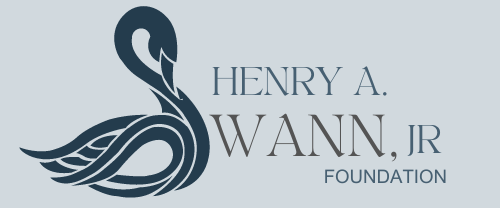The Henry A. Swann, Jr. Foundation, established in November 2023 as a 501(c)(3) organization, honors the enduring legacy of the late Henry A. Swann, Jr., who bravely battled Glioblastoma, a rare and aggressive brain cancer. At the core of the foundation lies a commitment to enhancing public education and awareness about brain cancer, disseminating crucial information to the public, and raising funds for organizations like the National Glioblastoma Foundation. These efforts support cutting- edge research aimed at discovering a cure. The Foundation’s flagship event, the annual Henry A. Swann, Jr. Golf Tournament,serves as a poignant tribute not only to Henry’s memory but also as a platform to illuminate Glioblastoma, especially on National Brain Cancer Awareness Day. The
Foundation encourages both financial contributions and active participation in this noble cause.
Beyond the golf tournament, the Swann Foundation actively engages the community, fostering sustained support for its mission. The Foundation’s website serves as a comprehensive digital repository, intricately weaving together the Foundation’s narrative, Henry’s enduring legacy, and essential information about Glioblastoma. Through these multifaceted efforts, the Henry A. Swann, Jr. Foundation is dedicated to leaving an indelible mark in brain cancer awareness, education, and research.
